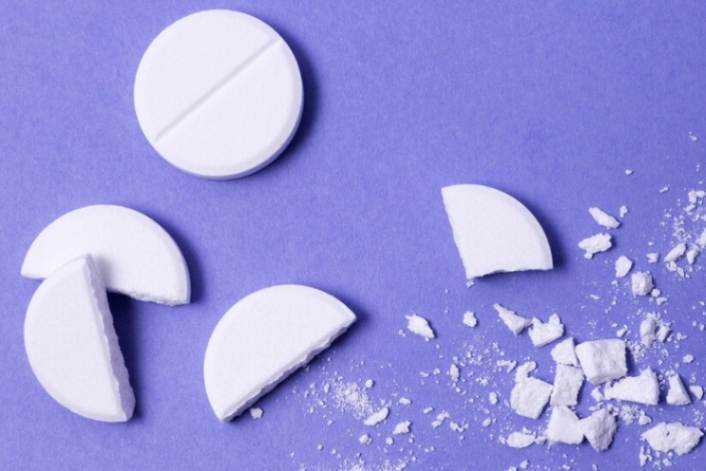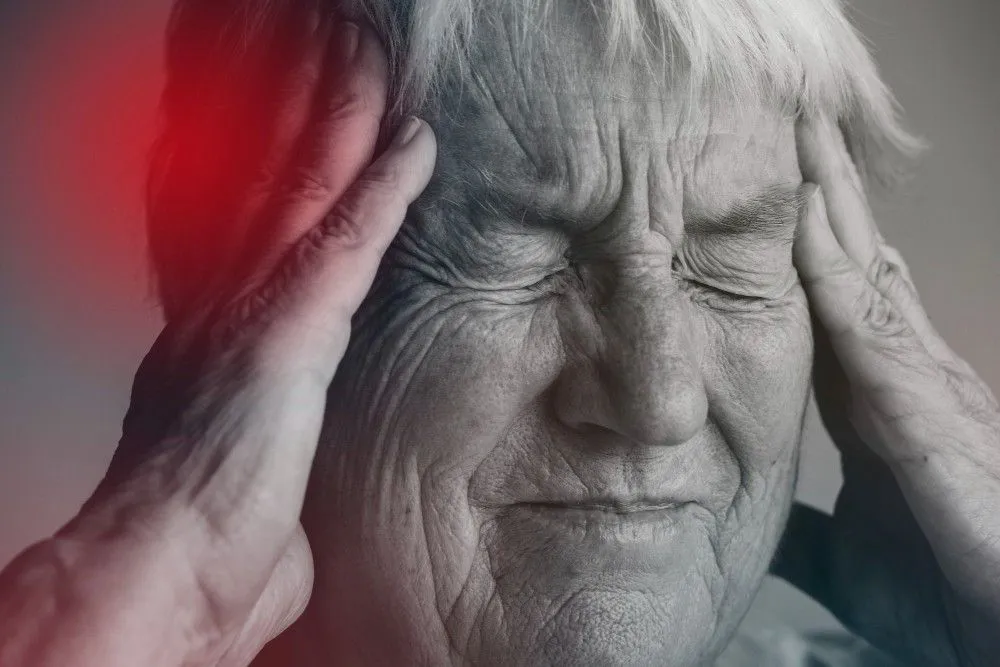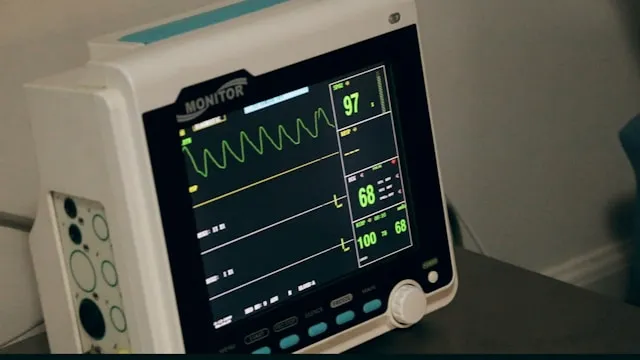What is percutaneous nephrolithotomy (PCNL)?
The term 'percutaneous' refers to 'through the skin' and 'nephrolithotomy' means 'taking stones out of the kidney'. Percutaneous nephrolithotomy or nephrolithotripsy, or PCNL, is a minimally invasive surgical procedure (keyhole surgery) to remove medium to large-sized kidney stones using a hollow scope (nephroscope) through a small incision in the back.
The procedure involves passing the nephroscope into the kidney and using a laser or ultrasonic probe to break up kidney stones, which are then suctioned out. PCNL is used to treat only medium to large-sized kidney stones.
Why do you need percutaneous nephrolithotomy?
Kidney stones are stone-like lumps that develop from the long-term crystallisation of waste products in the blood. The medical condition, known as nephrolithiasis, can be very painful and lead to an even more severe state known as renal colic.
Small kidney stones are sometimes able to pass through urine and you may be able to treat it at home or with some medication. Larger stones, however, require to be broken down with the help of X-rays or ultrasound, or surgically.
Your doctor will recommend a treatment plan depending on the size and location of your stones. PCNL is generally recommended for kidney stones that are too large (generally larger than two centimetres). You may also be considered as a candidate for PCNL if other forms of treatment like extracorporeal shock wave lithotripsy fail or are not suitable to treat your kidney stone.
PCNL also offers some advantages over traditional open surgery, such as a short hospital stay, a small scar at the site of incision, lesser post-operative pain, and quick recovery.
Which specialist should you consult if you have any of the signs and symptoms?
The percutaneous nephrolithotomy (PCNL) surgery is performed by a team of urologists and radiologists who will determine if the surgery is the right form of treatment for your condition. Visit a neurologist if you experience the following symptoms:
- Sudden, intense pain in the waveform in the back, abdomen, side, groin or genital area.
- Nausea and vomiting
- Frequent and painful urination
- Blood in urine (haematuria)
What are the screening tests and investigations before the surgery?
Initial diagnosis involves urine analysis, blood tests to determine complications, and a CT scan of the abdomen to determine the state of kidneys, bladder and ureter, and to view the exact location and size of the kidney stone(s), and state of adjacent organs. An ultrasound will be performed in place of the CT scan if you are pregnant. Once diagnosed, routine X-rays help track the stone's progress through the urinary tract.
A day before your scheduled surgery, the latest x-ray will be carried out to check for any movement or changes in the size of the stone. Blood and urine tests will be performed. You will be asked to discontinue any blood-thinning medication prior to the surgery.
What is the procedure for PCNL surgery?
PCNL surgery is performed under general or spinal anaesthesia. At the start of the procedure, you will be given a blood-thinning injection and elasticated stockings to prevent clots in your veins.
An incision is made in your back and a hollow telescopic instrument (nephroscope) is passed through into your kidney and the stone is identified. Using laser or pneumatic energy, the stone will be either destroyed or pulled out. Your doctor will attempt to remove all stones in one setting, but you may require subsequent treatment if that fails. At the end of the procedure, a catheter tube is left in the bladder to be removed the next day.
A CT scan on the first day after surgery will determine the success of the treatment. In case stone fragments are found, your doctor will determine if more time should be allowed for spontaneous passage or if further treatment (ESWL, ureteroscopy or repeat PCNL) will be required.
What are the known complications of the surgery?
Risks involved with PCNL are bleeding, infection, perforation in the kidney, injury to other abdominal organs like the colon or bladder, injury to lungs, and blockage due to stone fragments falling in the ureter. Chances of complication in surgery increase if you are over 60 years of age or an infant, overweight, smoke and drink heavily, or are a habitual user of recreational drugs.
What precautions or steps are necessary to stay healthy and happy before and after PCNL?
You will be required to stay in the hospital for 2-3 days after the procedure. You might continue to have blood in your urine even after discharge. If it continues, contact your doctor who will check for any leakage in the wound. There is much less pain associated with PCNL as compared to an open surgery, which might disappear after one week. Your doctor will prescribe painkillers that you can take as and when you need them.
What are the dietary and physical activity requirements before and after PCNL?
You must refrain from any heavy physical activity for two weeks. Do not drive immediately after discharge from the hospital. A light-walking regimen is advised by doctors to minimise the formation of blood clots in your legs. Avoid sitting or lying in bed for prolonged periods. Drink a lot of water to prevent new stones from forming.
How can you prevent the disorder from happening or recurring?
The chances of recurrence of kidney stones in those having undergone treatment are 50 per cent within 10 years. Prevention measures include:
- Drinking enough fluid
- Meeting your daily calcium requirement
- Avoiding excess Vitamin D
- Limiting meat consumption and oxalate-rich foods (spinach, chocolates, potatoes, beets, etc)
As a caregiver, how can you support and help the patient cope with the surgery?
You can support the patient in the immediate weeks after surgery by helping them with transportation and reducing their need for physical exertion.

Reviewed by







